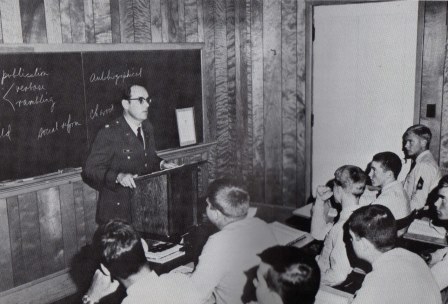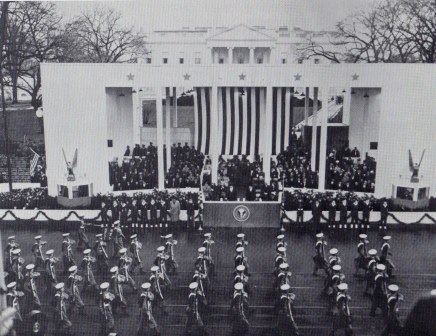After the conclusion of the lawsuits, the Academy entered what may be best described an era of Traditions of Excellence. The physical grounds were established. The Corps of Cadets, while continuing to fluctuate in number, maintained a healthy number for the operation of the academy. The Academy was noted for its excellence in education and its high standing in the Junior ROTC programs. Every day, cadets went to classes and studied for hours by night.

The time after classes was filled with sports or drill. Every Saturday there were inspections followed by town leave. On Sunday morning, cadets would be seen marching to church. The Sunday afternoon formal parade, with guidons and flags flying and the band playing marches by John Phillips Sousa, was a town favorite.

Every home football game saw the Corps marching in its glory to Gypsy Hill Park stadium. The Alumni reviewed the Corps every November and May. Dances for the cadets were held on schedule, allowing the cadets to learn and experience social graces. The seniors would receive their Rings and a kiss under a giant mockup in November. An arch of swords would grace the Military Ball in the spring. The seniors would fall out each May to review the Corps, led by the next year’s First Captain.

The Corps also by this time had it own heroes in the guise of former instructors Thomas Howie, the Major of St. Lo, and Alexander M. Patch, the commander of the 7th Army during WWII. The Cadet Honor Guard and Drill Team were named after Howie; the Honor Society was named after Patch. The Howies would march in parades in Winchester, Staunton, Charlottesville, and Harrisonburg each year. The Howie Rifles marched in the 1953 and 1957 Eisenhower Inaugural parades.

“The Major of St. Lo”
SMA Instructor 1929 – 1940

Commander US 7th Army – WWII
Former SMA Commandant

The number of cadets in the Corps reached an all time high of 665 in the 1966-67 session. That year also saw the construction of the last building for SMA. In 1966 construction was stated on a new Junior School to replace the wood frame barracks that had been constructed in the 1918 – 1921 time frame. This building was a gift to the Academy from George B. Tullidge, who was one of the members of the Board of Directors for SMA. Tullidge donated the building to honor his son, George B. Tullidge Jr., SMA ’41, who had died in WWII. After the dedication of the new building, the old Junior School was torn down, removing the last of the wood frame barracks from the Academy.

The Academy was completed in stone and concrete. The Corps of Cadets marched behind their guidons with pride and tradition. But, an ill wind was beginning to blow outside the gates that would sweep away those monuments of stone, steel, concrete and tradition.
Previous Page – – – – Next Page
